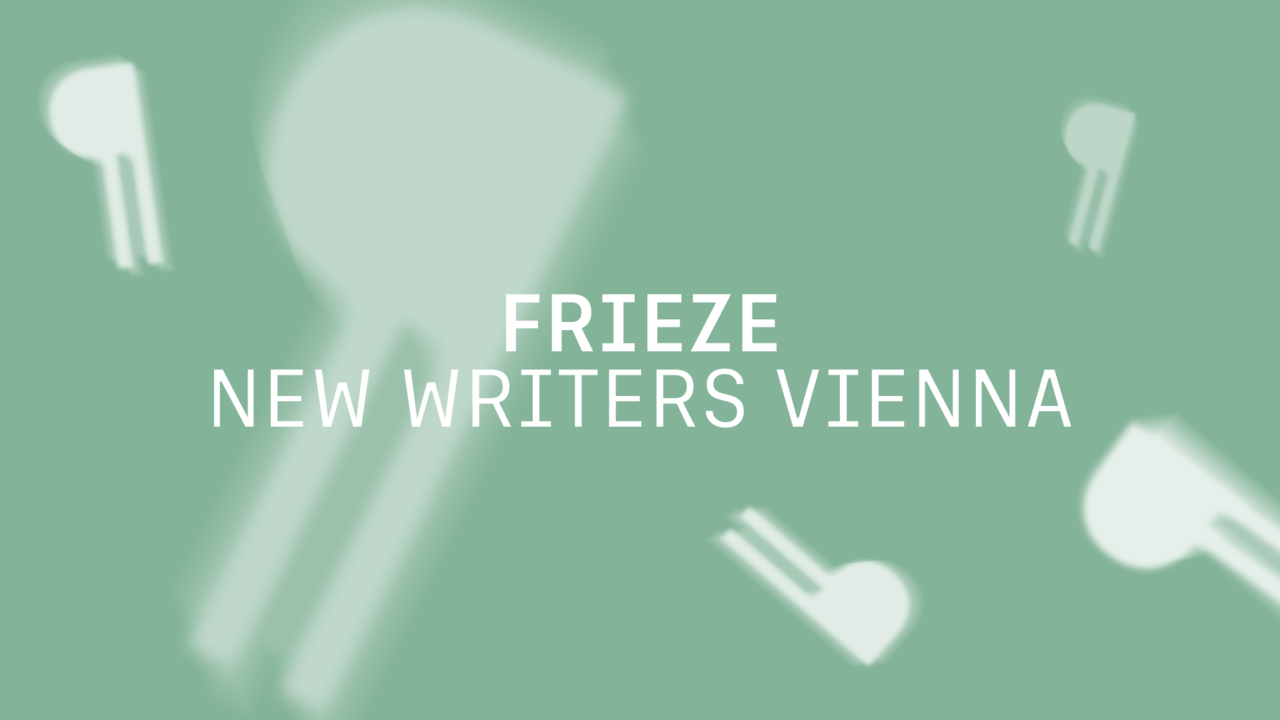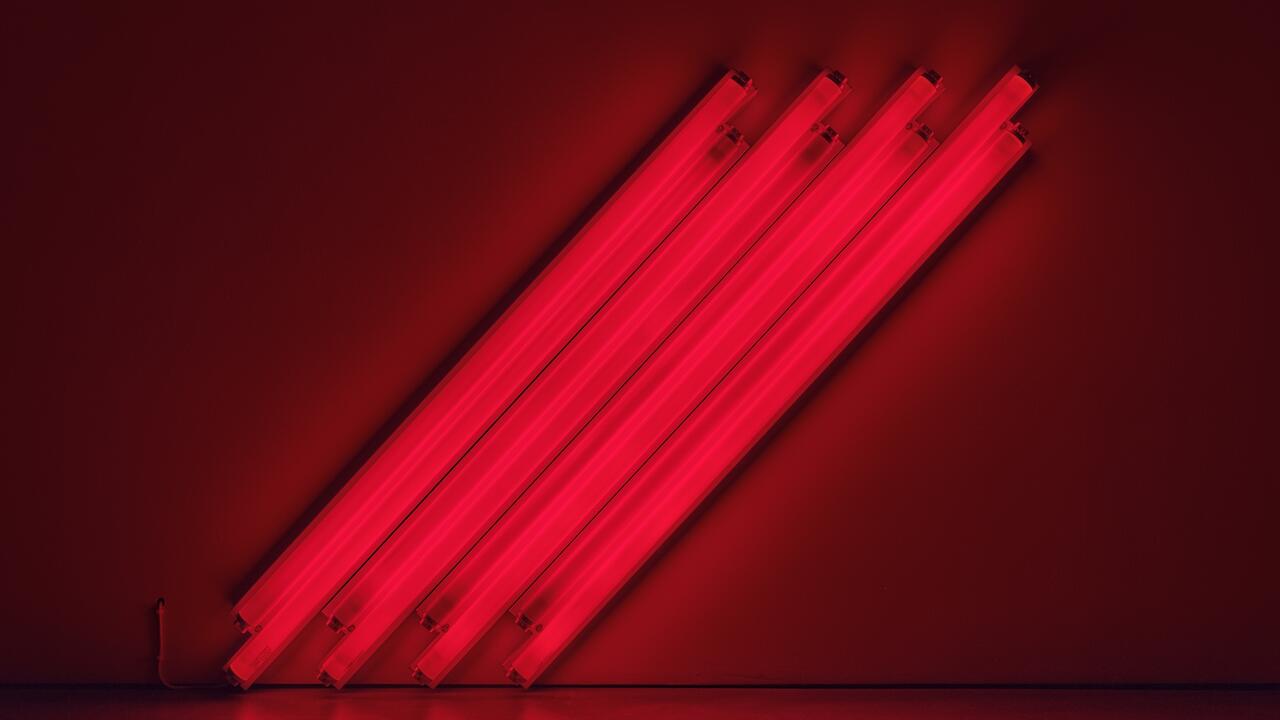Piotr Uklanski
In a marketing culture you can always get what you want. Or, at the very least, you can always get what the market supposes you want. Is there a difference? How do we know? Knowing better but doing anyway doesn't prevent us from distinguishing between the given and the true, but it does reward the absence of such distinctions. For its part, art has always retained at least the possibility of delivering the naked truth from the hand-me-downs of cynicism. It can't do this from a distance. Decoding the lip service of the cynic requires artists to know the language of cynicism better than the cynic.
One artist who has directly pursued the connection between art, market culture and cynicism is Polish-born, New York-based Piotr Uklanski. He is perhaps best-known for two works that could not seem more different from each other: his flickering-light dance floor installations (art can make you feel good and dance), and his appropriated stills of Hollywood actors dressed in military uniforms, The Nazis (1998) (art can expose things we'd rather not remember). The disco experience and the loaded Nazi representations are presented almost as readymades - social readymades - by Uklanski.
Audience reactions to the works have been immediate and charged, as if art's distancing effect had been replaced by the supposed transparency of mass culture. Art viewers often feel duped or incredulous. Non-art viewers have been known to get violent with their passions (upon seeing himself portrayed in Nazi regalia, for example, one famous Polish actor recently took a sword to Uklanski's installation in Warsaw, destroying the photographs with outraged slashes).
Uklanski's images have been called flat, pop, superficial and sentimental. Depending on the viewer, they can seem naively transparent one moment, exploitative the next. His most recent show in New York did little to reduce the combustibility of his earlier work but found the artist making efforts to hone his intentions. Entitled The Deep (2000), the installation featured four very different wall-mounted images and one floor piece, which consisted simply of water puddles on the concrete gallery floor. The wall images might be described thus: one huge large-format photograph of Mount Vesuvius at night; one pastel rag paper collage of a mountain range at sunset (entitled Patagonia and coloured like a rack of fleece jackets); one medium-sized frame filled tight with crayon shavings (an all-over confetti effect); and one giant black and white photograph, Untitled (The Skull) (2000), which depicted the naked, beatific artist encircled by nude women to form the Gestalt shape of a death mask or skull. This last image is an obvious play on Salvador Dalí and Philippe Halsman by way of horror movie Goth, and is so aggressively camp that the benign sentimentalities of the other four works seem to burst vicariously into a rainbow of highly considered treacle. Whereas the dance floors and The Nazis (despite their dissimilar contents) directly solicited and confronted their audience's in-built experience of mass culture, The Deep shifted the focus brilliantly away from the inflammatory and ecstatic rhetoric that surrounds, oddly, both disco and genocide and instead presented a more airbrushed hypothesis of the social.
In every instance Uklanski is playing on his images' ambiguous function as symbolic currency. He likes to test people. He knows that his works will signify differently across contexts, that their reception as transparent signs is nothing but volatile. Indeed, the audience's ability to apprehend or misapprehend transparency is the crux of this work. Uklanski's cynicism is entirely strategic: the homage to art history is turned into a movie poster. Crayon shavings witness an aftermath of art making, the product of which might mean nothing or anything. Every image in 'The Deep' signals towards a presence, 'a moment of new fulfilment', that has passed into the memory of marketing and kitsch. Within such false memories is the proving-ground for Uklanski's art: 'Is this what you want? Is this the moment you think it is? Has this really been offered?' To finger the naked truths beneath the retail get-ups of image culture is a tricky business. If 'The Deep' is really a collection of accreted surfaces, loosened up and flaunted, Uklanski has left the earnestness of such a gesture open to debate. But this is, after all, mostly his point.













